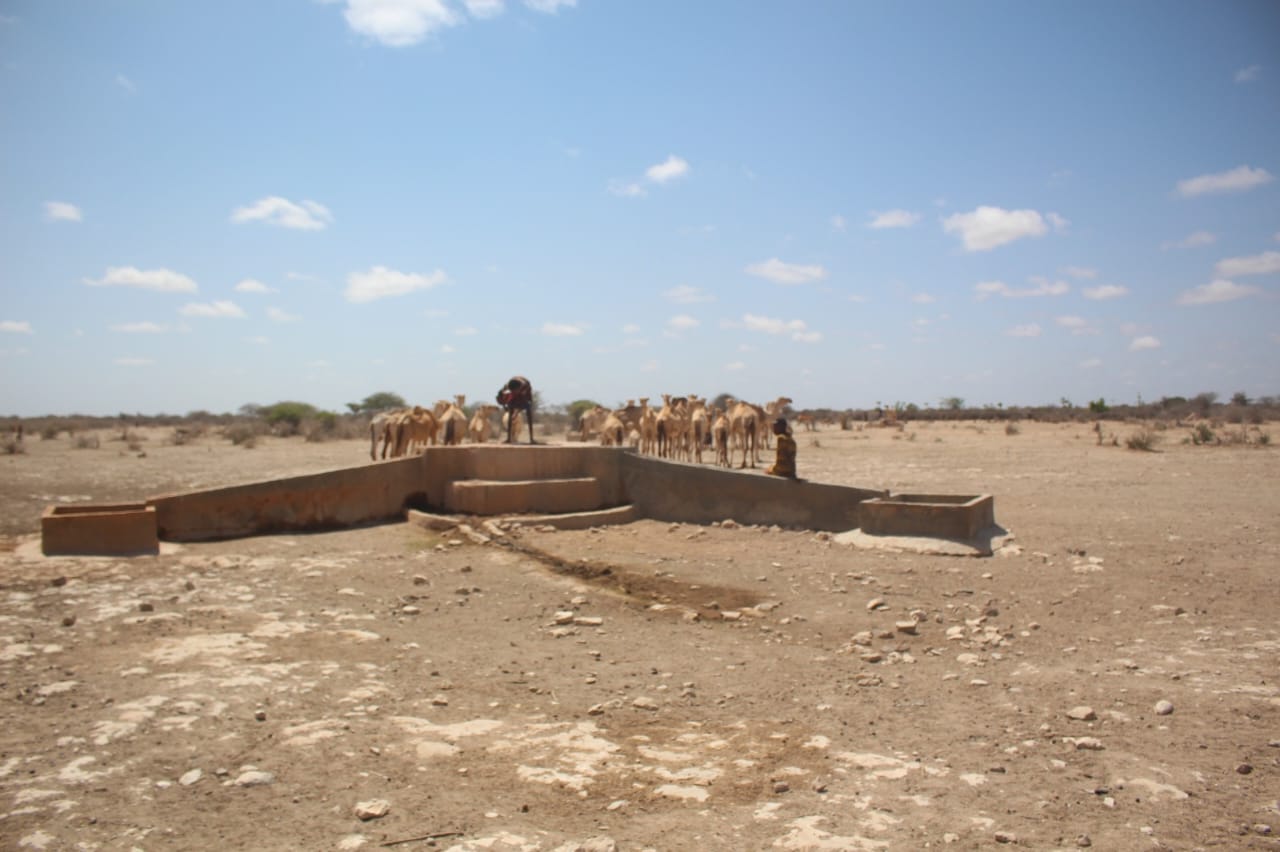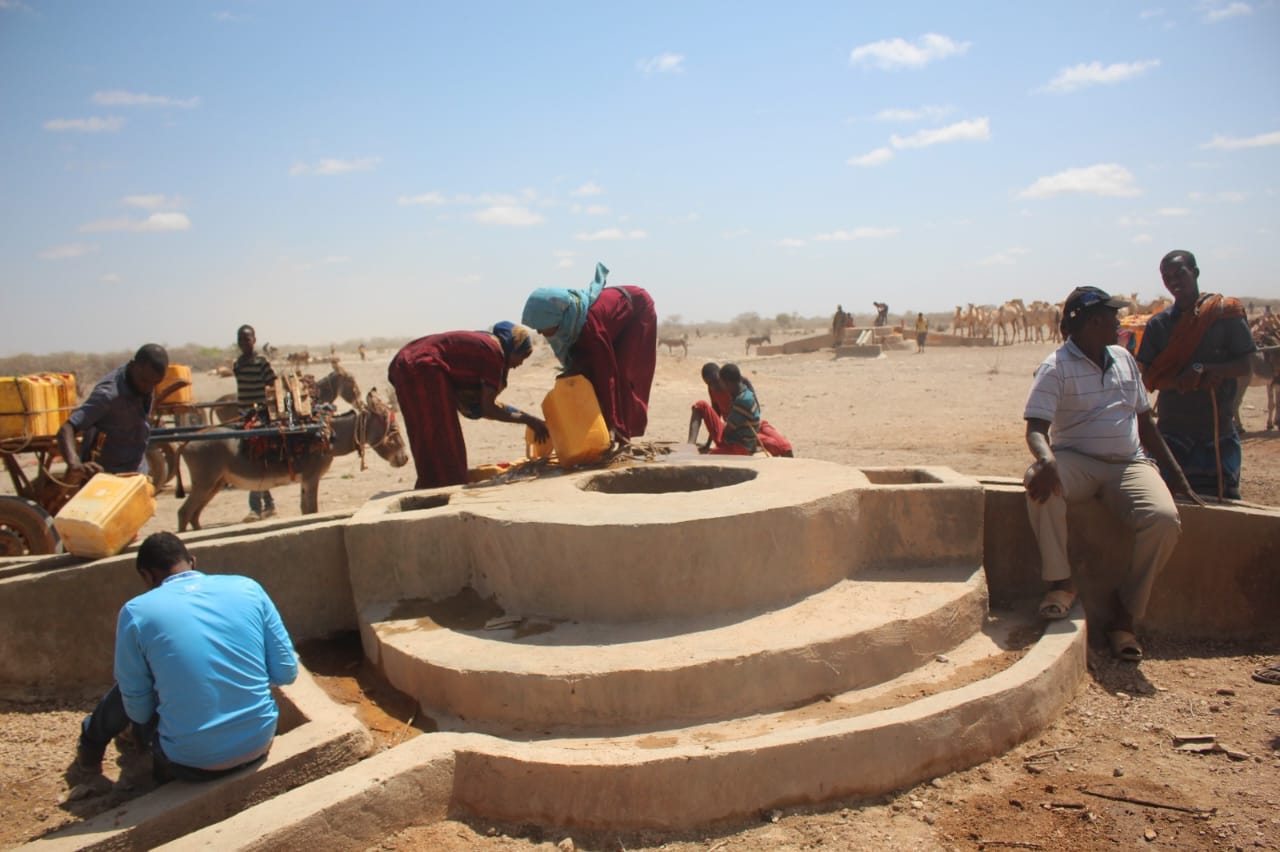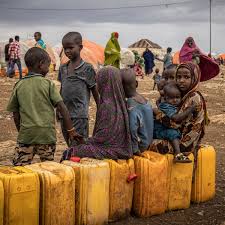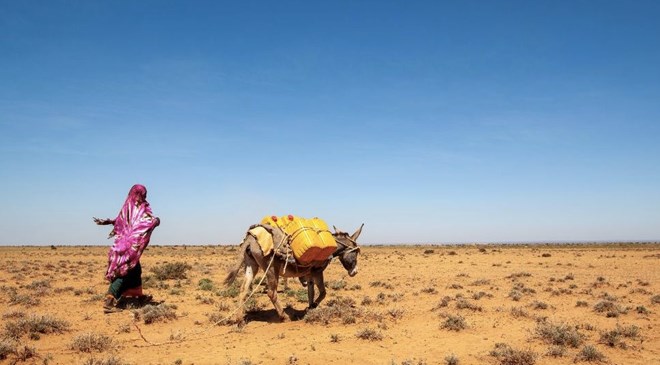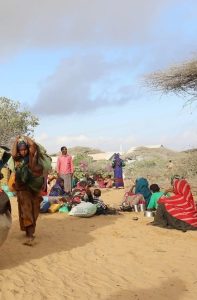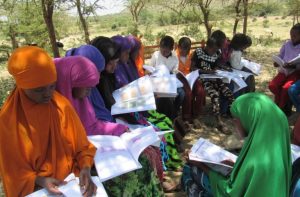The Humanitarian Crisis in Somalia
Introduction:
Somalia, a war-torn nation in the Horn of Africa, is currently grappling with a complex humanitarian crisis that demands immediate attention. With a multitude of challenges ranging from widespread water scarcity and limited access to education to food insecurity and mass displacement, addressing these issues requires a comprehensive approach to alleviate the suffering of the Somali people.
Water Scarcity and Sanitation:
One of the critical issues exacerbating the humanitarian crisis is the acute water scarcity and lack of sanitation facilities across Somalia. Prolonged droughts, coupled with inadequate infrastructure and limited access to clean water sources, have left millions at risk of waterborne diseases and malnutrition. Immediate investments in water supply systems, infrastructure development, and hygiene promotion are vital to alleviate the hardships faced by communities in Somalia.
Education and Empowerment:
Education plays a pivotal role in breaking the cycle of poverty and rebuilding the nation ravaged by conflicts. Unfortunately, access to quality education in Somalia remains severely limited, with many children deprived of the opportunity to learn and pursue their dreams. Investing in education infrastructure, providing teacher training programs, and ensuring equitable access to education for all Somali children is crucial for empowering future generations, fostering stability, and rebuilding the nation.
Food Insecurity and Malnutrition:
Severe food insecurity is another pressing challenge faced by the Somali population. Droughts, conflicts, and a fragile agricultural sector have contributed to the high prevalence of malnutrition, particularly among children. Urgent actions such as provision of emergency food aid, implementing sustainable agricultural practices, and supporting local farmers can help alleviate food insecurity and foster self-sufficiency in the long term..
Displacement and Protection:
The humanitarian crisis in Somalia has resulted in mass displacement, with thousands of families forced to flee their homes in search of safety. Displaced individuals, particularly women and children, are often the most vulnerable and require immediate protection and support. Collaborating with international organizations and strengthening the capacity of local agencies is essential to ensure the provision of shelter, healthcare, and psychosocial support for displaced populations.
Conclusion:
Addressing the humanitarian crisis in Somalia necessitates a multifaceted approach, combining efforts from local and international stakeholders. By prioritizing water provision, education, food security, and protection of displaced populations, the Somali people can begin to rebuild their lives, fostering stability and resilience in the face of adversity. It is imperative for the global community to recognize the urgency of the situation and invest in sustainable solutions that empower the Somali people and pave the way for a brighter future.

